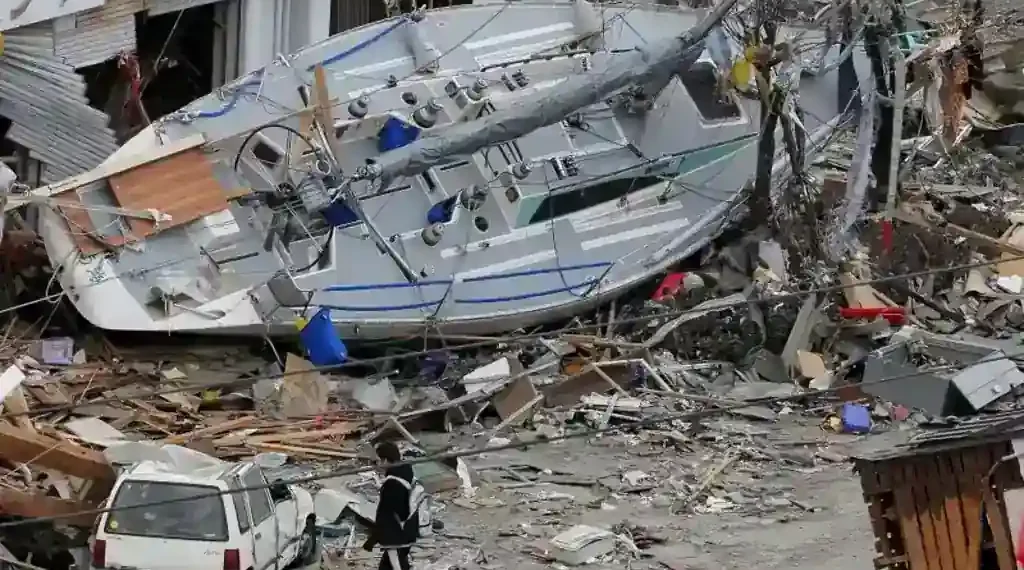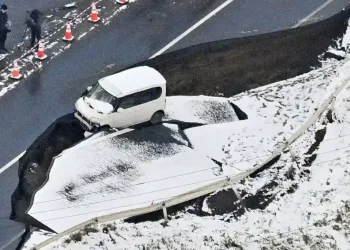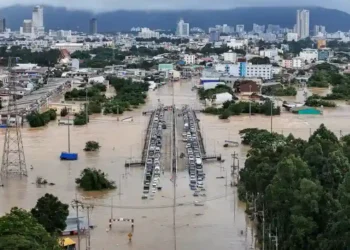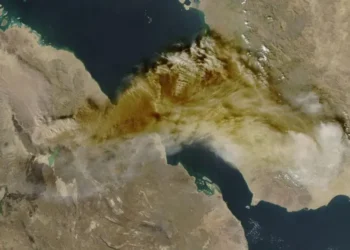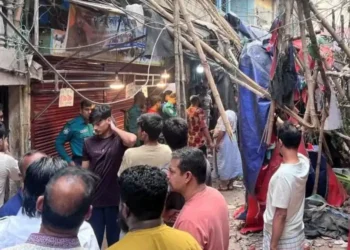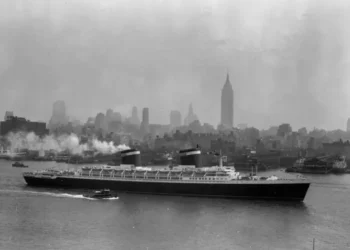8.8 Magnitude Quake Sparks Pacific-Wide Tsunami Alerts, Now Easing in Some Regions
Written: July 30, 2025, 14:00 EDT
A powerful 8.8 magnitude earthquake off Russia’s Far East coast triggered widespread tsunami warnings across the Pacific on Wednesday, prompting emergency responses in Japan, Chile, Hawaii, and the U.S. West Coast. While initial alerts have now been downgraded in several areas, authorities continue to advise caution as aftershocks and wave surges remain possible.
Tsunami Warnings Downgraded but Advisories Remain in Effect
Tsunami alerts were initially issued across the Pacific, including high-level warnings in Chile, Japan, and the U.S. West Coast. While Japan and Hawaii have since downgraded their warnings to advisories, much of the Pacific Rim continues to face ongoing risks from strong currents and possible coastal flooding.
Japan’s Meteorological Agency confirmed that the last remaining tsunami alert—previously active in the country’s northern regions—has been downgraded to a tsunami advisory. Waves reaching up to 60 cm (2 feet) were recorded in Hokkaido, Japan, while the U.S. West Coast experienced waves just over 3.6 feet (1.1 meters) in Northern California’s Crescent City, according to the National Weather Service.
In Hawaii, evacuation orders have been lifted, although a tsunami advisory remains. “Strong currents and localized flooding remain a risk,” said Maj. Gen. Stephen Logan of the Hawaii Department of Defense.
Quake Among the Most Powerful Ever Recorded
The earthquake struck at 8:25 a.m. local time in Japan (23:25 UTC Tuesday), according to the U.S. Geological Survey. With a depth of about 21 kilometers (13 miles), the quake was centered approximately 120 kilometers (75 miles) east of Petropavlovsk-Kamchatsky, Russia.
Multiple aftershocks followed, some reaching magnitudes as high as 6.9. The quake ranks among the strongest ever recorded globally, approaching the scale of the 2011 magnitude 9.1 Japan quake that triggered the Fukushima disaster and killed over 18,000 people.
U.S. Homeland Security: Threat Has ‘Passed Completely’
Speaking from Santiago, Chile, U.S. Secretary of Homeland Security Kristi Noem assured the public that the tsunami threat to the United States has “passed completely.”
“We’re in really good shape right now,” Noem said, according to a White House pool report. “We were fully deployed and ready to respond if necessary, but grateful that we didn’t have to deal with the situation that this could have been.”
Volcanic Activity Erupts in Kamchatka After Earthquake
The earthquake also triggered renewed volcanic activity in Russia’s Kamchatka region. The Klyuchevskaya Sopka volcano—the tallest active volcano in the Northern Hemisphere—began erupting shortly after the quake, according to the Kamchatka branch of the Russian Academy of Sciences.
Observers reported explosions and lava flows down the western slopes. Scientists had anticipated the eruption, as the volcano had shown signs of rising magma and ash emissions in recent weeks. Kamchatka is home to over 300 volcanoes, 29 of which are considered active, according to NASA’s Earth Observatory.
Chile Orders Evacuations, Issues Red Alert
Chile’s National Emergency Office (ONEMI) issued a red alert—the country’s highest tsunami warning—for nearly its entire 6,400-kilometer (4,000-mile) Pacific coastline, from Arica in the north to Magallanes in the south. Coastal classes were suspended, and emergency evacuations began shortly after the earthquake.
President Gabriel Boric urged residents to remain calm. “Remember that the first wave is usually not the strongest,” he said in a social media post, encouraging Chileans to follow official guidance.
Chile has a long history of seismic vulnerability, including a devastating 8.8 quake in 2010 that killed over 500 people, many during the resulting tsunami.
U.S. West Coast on Guard as Tides Rise
Along the U.S. West Coast, tsunami advisories remain in effect in California, Oregon, Washington, and British Columbia, Canada. In California’s Crescent City—no stranger to tsunami activity—waves of 3.6 feet (1.1 meters) were recorded. Officials warned of continued surges, particularly around high tide.
The city’s downtown was severely damaged by a 1964 tsunami, the deadliest tsunami ever recorded in U.S. history. Today, high-water marks remain visible on buildings as a memorial to that disaster.
The National Weather Service advised residents to stay off beaches and avoid low-lying areas near harbors and rivers until the risk subsides.
Russia Declares State of Emergency in Kuril Islands
In Russia’s Kuril Islands, several tsunami waves reportedly struck Severokurilsk, cutting power and flooding parts of the fishing port. The waves reached up to 3 meters (10 feet), prompting Russian authorities to declare a state of emergency for the area.
The Russian Oceanology Institute later reported that waves as high as 15 meters (49 feet) may have struck remote areas of Kamchatka’s coast. However, the main city, Petropavlovsk-Kamchatsky, was spared major damage thanks to its location within the protected Avacha Bay.
According to Kremlin spokesperson Dmitry Peskov, regional authorities were “well prepared,” with timely evacuations and infrastructure proving resilient.
Tsunami Advisories Lifted in China and Parts of Russia
China’s Tsunami Warning Center lifted its advisory for Shanghai and the nearby Zhejiang province after determining that the risk had passed.
In Russia, officials in the Kamchatka Peninsula and Kuril Islands canceled tsunami warnings but cautioned that further aftershocks and wave events remain possible. Some regions could still experience magnitudes of up to 7.5 in follow-up quakes, warned the local Emergency Ministry.
What This Event Reveals About Pacific Seismic Risk
This earthquake serves as a powerful reminder of the Pacific Ring of Fire’s volatility. The region—which includes countries like Japan, Russia, Chile, and the U.S.—is one of the most seismically active in the world due to complex tectonic plate boundaries.
While widespread damage was largely avoided, experts stress that continuous monitoring and preparedness are essential. “This event highlights the importance of early warning systems and public readiness,” said an official at the Pacific Tsunami Warning Center.
This article was rewritten by JournosNews.com based on verified reporting from trusted sources. The content has been independently reviewed, fact-checked, and edited for accuracy, neutrality, tone, and global readability in accordance with Google News and AdSense standards.
All opinions, quotes, or statements from contributors, experts, or sourced organizations do not necessarily reflect the views of JournosNews.com. JournosNews.com maintains full editorial independence from any external funders, sponsors, or organizations.
Stay informed with JournosNews.com — your trusted source for verified global reporting and in-depth analysis. Follow us on Google News, BlueSky, and X for real-time updates.
